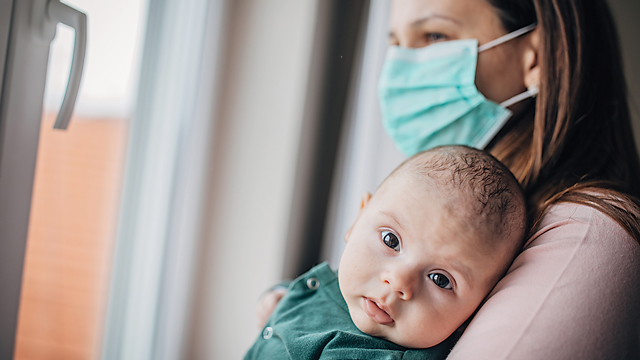Little ones will finally get their shot at COVID-19 protection, literally. Nearly a year and a half after the first COVID vaccine was administered in the United States, both Pfizer-BioNTech and Moderna are nearing submission for emergency use authorization (EUA) from the FDA for a vaccine for children as young as six months.
What to know about COVID-19 vaccines for our youngest kids
Age: Pfizer’s studies were on children ages six months to four years. They already have an EUA for a vaccine for kids ages five and older.
Moderna’s most recent studies focused on children younger than six. They have also initiated a submission for an EUA for kids ages six to eleven. Moderna’s currently FDA-approved vaccine is for adults eighteen and older.
Dose: Pfizer’s initial trials included two three-microgram doses of the vaccine. They postponed their previously planned EUA application after disappointing protection levels in the two- to four-year-old age group. Pfizer is continuing its studies by adding a third dose to the regimen – the first two doses twenty-one days apart and the third dose eight weeks later. The Pfizer scientists believe this three-dose series will provide a higher level of protection for our youngest children. The Pfizer dose for kids ages five to eleven years is ten micrograms, and for people twelve years and older, the dose is thirty micrograms.
Children younger than six received two 25-microgram doses of the Moderna vaccine, twenty-eight days apart. Those ages six to eleven received two 50-microgram doses. The Moderna dose for people eighteen and older is one hundred micrograms.
Side effects: The most common side effects for both vaccines were arm pain, fatigue, headache, and fever – similar to the side effects reported in the older populations.
These side effects were all mild or moderate, and more frequent after the second shot. Mild responses like these are a sign that the body is responding to the vaccine and building protection, which is exactly what we want it to do.
Effectiveness: Pfizer hasn’t shared efficacy data, but has reported the vaccine was more effective against the Delta variant than Omicron. The efficacy was lower than they anticipated, which is what prompted the delay in submission for approval.
The efficacy of the Moderna vaccine was 43.7 percent for children ages six months through one year old, and 37.5 percent for children ages two to five years old. While this seems lower than where we’d like to land, it’s consistent with how vaccinated adults have responded to the highly transmissible Omicron variant.
Why the wait for a vaccine for children and babies?
Children’s immune systems are different from adults, and their immune systems can even vary at different ages, so the vaccines need to be tested on specific age groups separately. Though many of us have been eager for an approved vaccine for these younger kids and babies, I take comfort knowing that the researchers are taking great care to determine the most appropriate dosing. Scientists are looking for the smallest size and number of doses that provide the best immunogenicity – or ability to cause a protective immune response.
Rest assured that Pfizer’s delay was not due to concerns with safety or side effects, but rather an effort to improve the effectiveness and protection for our kids.
Are infection prevention measures still important?
All of this comes as community spread is on the decline, so you might ask, “Is it really necessary for my child to get the vaccine?” My answer to that is a wholehearted, “Yes!”
Despite the seemingly low efficacy numbers, it’s important to note that the vaccine remains the best way to prevent severe illness and hospitalization. It’s also critical in helping to stop the spread of the virus and prevent new variants from emerging.
While kids in general have fared better than adults throughout the pandemic, they are still at risk of becoming ill with COVID-19 and the dangerous multi-system inflammatory syndrome in children. Furthermore, the emergence of MIS-C, Delta, Omicron, and BA.2 has shown us that this virus is full of surprises. We don’t know what’s around the corner, and we still need everyone in our community to do their part in making sure we’re ready for whatever it is. That involves everyone who is eligible getting their vaccines and boosters – including older kids and teens now, and children as young as six months when the time comes.
And hold onto those masks for future use. Masks still offer a critical layer of protection in crowded indoor spaces, places where people may be ill or immunocompromised, and around those still too young to be vaccinated (especially newborns). Unfortunately, coronaviruses – remember, COVID-19 is part of this large family of viruses – aren’t going anywhere, so we may not be out of the woods just yet either. Of course, thorough hand-washing and respecting each other’s personal space are always good ideas. Kids may just need a reminder about
those now and then.
Information is accurate as of press time. Keep up with the latest vaccine information for your family at
chrichmond.org/COVIDvaccine.




